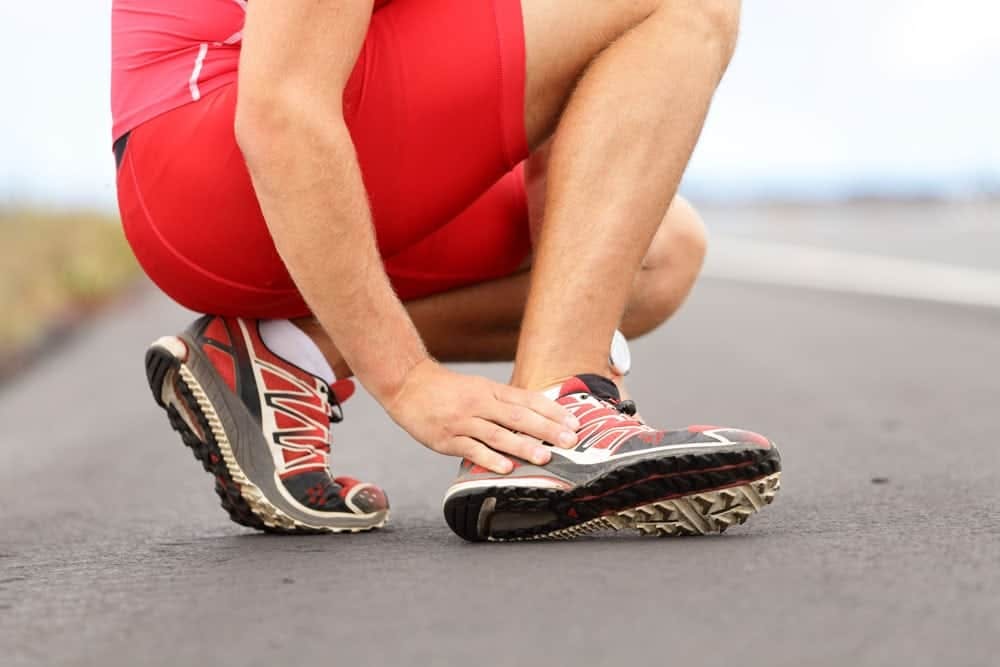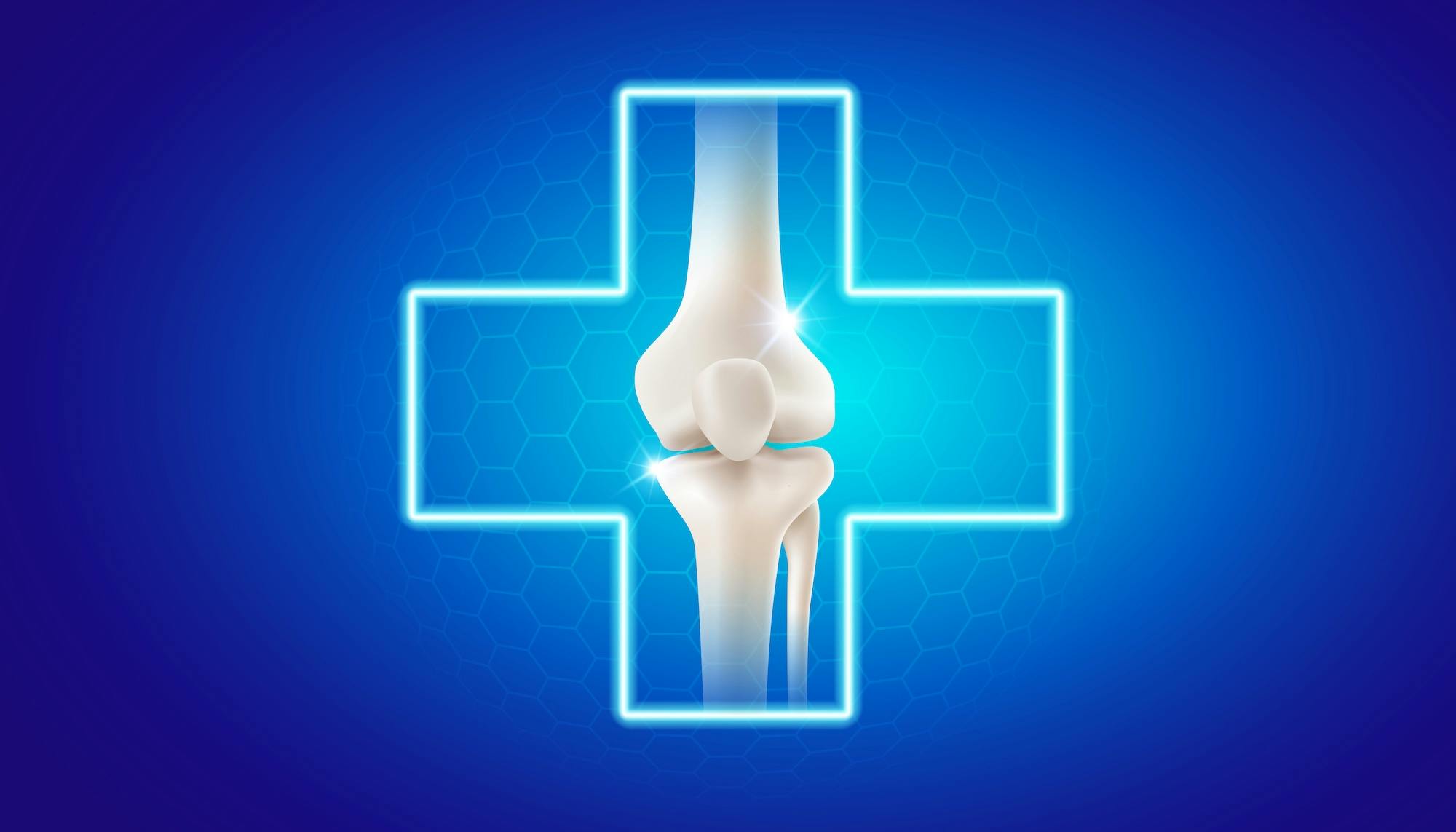- Blog
What is a Sprained Foot?
Posted on 04-16-2025 by Dr. Erik Nilssen

Posted on 04-16-2025 by Dr. Erik Nilssen
A foot sprain occurs when the bands of fibrous tissue connecting the bones to each other inside the joint tear. These tough bands are referred to as ligaments.
Types of Ankle and Foot Sprains
A sprained foot usually occurs when the ankle and foot become abnormally twisted or bent. When a sprain occurs, the injury typically involves one of two areas: The midfoot or the first metatarsophalangeal joint. The midfoot refers to the central part of the foot, including the arch; whereas, the first metatarsophalangeal joint is the joint that is located at the base of the big toe.
How Foot Sprains Occur
THE MIDFOOT SPRAIN (LISFRANC INJURY) AND ATHLETES
Athletes frequently sustain midfoot sprains due to a fall, a collision or an abnormal twisting motion of their midfoot.
The athletes who are at the highest risk of sustaining a foot sprain include:
Ballet dancers are also vulnerable to sustaining midfoot sprains. Midfoot sprains usually occur when the dancer loses balance while spinning on his or her toes. Another common cause of this injury is when the dancer lands on his or her foot incorrectly following a rotating jump.
CAUSES OF MIDFOOT SPRAINS IN THE GENERAL PUBLIC
Approximately one-third of the midfoot sprains occurring among individuals in the general public who do not participate in high-risk activities are caused by some kind of accident. A twisting action may occur during a fall or stumble. On occasion, severe midfoot sprains result from a high-impact trauma (i.e., automobile accident or falling from a relatively high place).
THE FIRST METATARSOPHALANGEAL JOINT SPRAIN
Typically, a first metatarsophalangeal joint sprain occurs when a ballet dancer or football player falls forward while his or her big toe remains flat against the ground and bends backwards (hyperextension). Football players who wear lightweight shoes while competing on artificial turf frequently experience a first metatarsophalangeal joint sprain, which is why this injury is commonly referred to as ‘turf toe.’
Symptoms of a Foot Sprain
Individuals who sustain a mild to moderate midfoot sprain will notice swelling and tenderness in the center of the foot. He or she may also experience local bruising. If a severe strain occurs, the individual may not be able to put weight on the injured ankle and foot. A sprain to the first metatarsophalangeal joint involves swelling and pain at the base of the big toe.
Recovery
Recovery time varies greatly depending on how severe the sprain and which ligament or joint is injured. A mild midfoot sprain will usually heal within just a few weeks; however, a more severe sprain could take anywhere from 4 to 6 weeks to heal. The pain associated with ‘turf toe’ generally subsides within 2 weeks.
Treatment
Individuals can treat milder midfoot sprains and ‘turf toe’ by practicing the RICE rule:
In addition, we may recommend that individuals take an NSAID or acetaminophen to reduce inflammation and ease pain. Individuals with a ‘turf toe’ injury who visit North Florida Bone & Joint Specialists in Pensacola, Florida may receive a splint. Furthermore, these individuals can wear stiff-soled shoes to protect their big toe as it heals.
Prevention
Foot sprains may be prevented by wearing shoes that assist in stabilizing the foot. In addition, an exercise program that concentrates on strengthening and stretching the ankle, and foot may help prevent this type of injury.
Severe Lisfranc Injuries May Require a Cast
At North Florida Bone & Joint Specialists in Pensacola, Florida, individuals who rely on their feet for their profession may receive a cast to immobilize their foot as it heals. Furthermore, a severe midfoot sprain may threaten the career of a professional dancer or an athlete, which is why these individuals are given special treatment regimens to ensure the foot heals properly.
If you have sustained any type of sprain, feel free to contact us. We are here to help you!
Sources

March is National Nutrition Month®, and as part of the conversation, the North Florida Bone & Joint team wants to emphasize the impact diet can have on your bone health. Before diving in, it's essential to understand the role the skeleton plays in your body. Specifically, the skeleton—and the bones its comprised of—serve the following functions:

At North Florida Bone & Joint Specialists, we’re committed to delivering convenient, expert care throughout the Gulf Coast. As part of that commitment, we’re excited to announce the expansion of our clinical office footprint. In March, we opened two new locations in Milton and Navarre, FL, further enhancing our ability to serve patients across Northwest Florida.

Valentine’s Day is all about love—so why not show your joints some love, too? Whether you’re an athlete, an active adult, or simply looking to maintain mobility as you age, taking care of your joints is essential for long-term health and well-being. At North Florida Bone & Joint Specialists, we believe that self-care isn’t just about relaxation—it’s about making intentional choices to keep your body strong, pain-free, and resilient. Here are four self-care tips to keep your joints healthy and moving with ease: